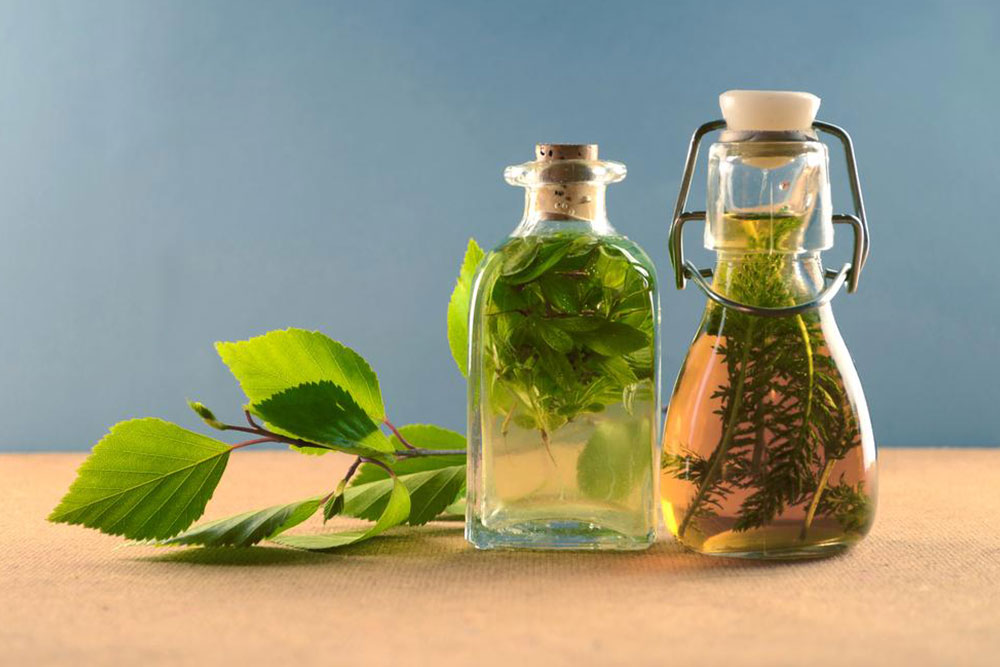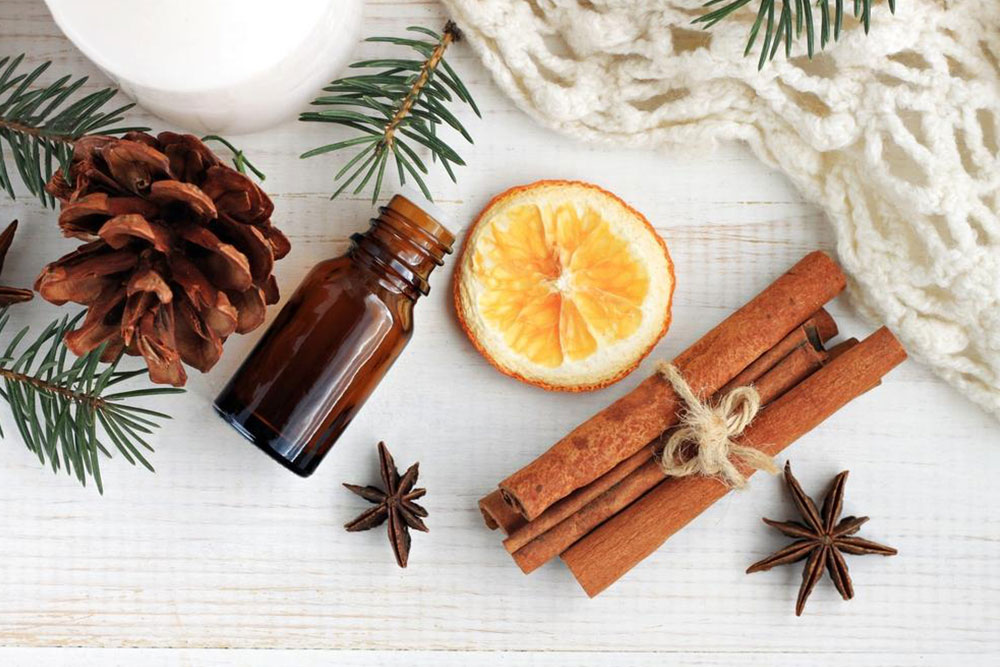Effective Strategies to Alleviate Shoulder Rotator Cuff Pain
Discover practical methods to relieve rotator cuff pain with effective stretches, home remedies, and lifestyle adjustments. Learn when to seek medical help and explore surgical options if needed for persistent discomfort.
Sponsored

Experiencing a sudden sharp pain when lifting your arm or difficulty raising your hand could indicate a rotator cuff injury. The rotator cuff comprises tendons and muscles in the shoulder region that connect the upper arm to the shoulder blade, enabling movement. Age, overuse, or injury can cause tendons to become irritated. This discomfort can interfere with daily tasks like brushing hair or dressing. Treatments range from medications to surgical options, but mild cases often benefit from home remedies and targeted stretches.
Healthcare providers may recommend pain relievers or anti-inflammatory drugs. Severe cases might require surgical repair of torn tendons. For less intense pain, home treatments and exercises may suffice. Here are recommended strategies:
Ice therapy
Applying cold packs immediately after discomfort can reduce inflammation and swelling, alleviating pain. Wrap the ice in a cloth and apply for 10-30 minutes, avoiding direct skin contact. Use every couple of hours initially, then three times daily as pain subsides.
Heat application
Warmth increases circulation, relieves inflammation, and promotes healing. It also relaxes muscles, improving shoulder movement and flexibility.
Wall slide stretch
To restore range of motion, perform wall slide stretches. Move your arm slowly up and down a wall on the affected side to stretch the tendons and muscles involved.
Rest and shoulder protection
Resting the shoulder and avoiding activities that strain it can hasten recovery. Sleeping position matters—lying on your back or uninjured side, with pillows supporting the painful shoulder, can help. Keep heavy bags off the injured shoulder and avoid prolonged overhead activities. Keeping daily essentials close to prevent straining your shoulder is advisable.
Crossover arm stretch
Gently pull your arm across your chest to stretch the shoulder muscles. Do not apply pressure on the elbow. Repeat with the other arm, holding each stretch for about 30 seconds, multiple times daily. Consult a doctor before doing this if you've had surgery.
Turmeric milk
Curcumin in turmeric has anti-inflammatory properties. Consuming turmeric milk—boiling a teaspoon of turmeric powder in milk with a pinch of pepper—can help reduce inflammation and pain associated with rotator cuff injuries.
Doorway stretch
Stand in an open doorway, position your arms at or below shoulder height on the doorframe, and lean forward gently. This stretch targets the front shoulder muscles. Avoid overstretching to prevent injury, and keep your back straight throughout the movement.
The rotator cuff plays a crucial role in shoulder stability. Persistent pain warrants consultation with a healthcare professional. If conservative treatments are ineffective, surgical options such as open repair, mini-open, or arthroscopic procedures may be necessary.






